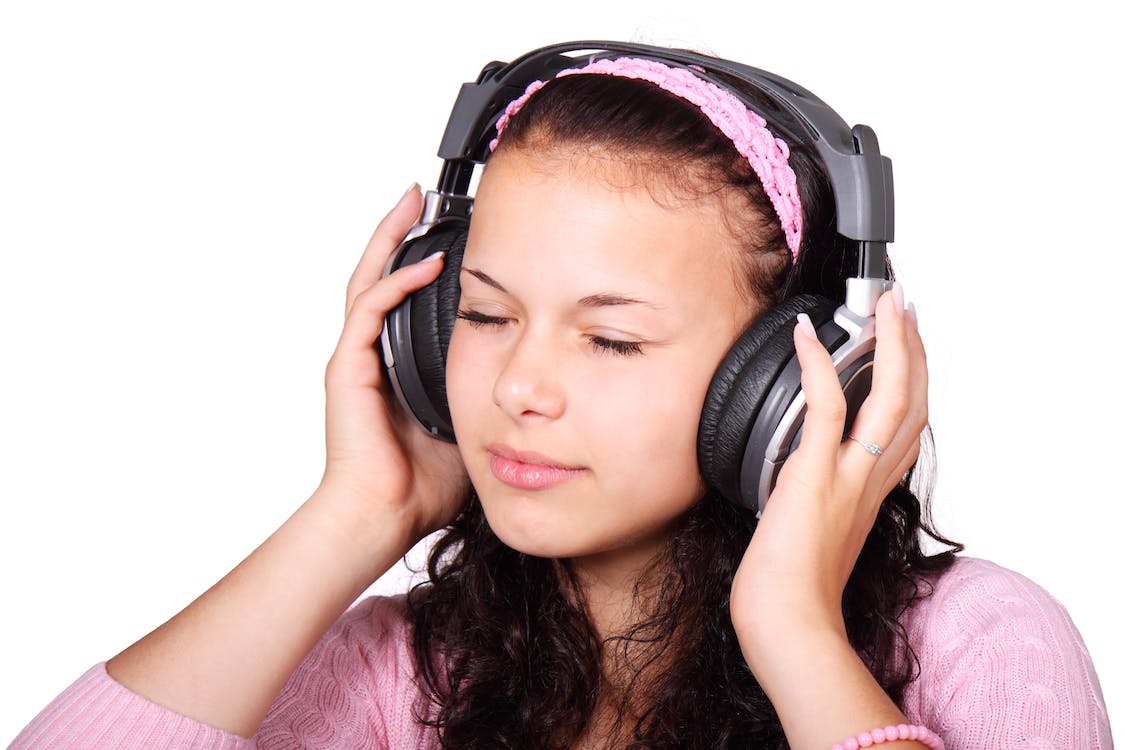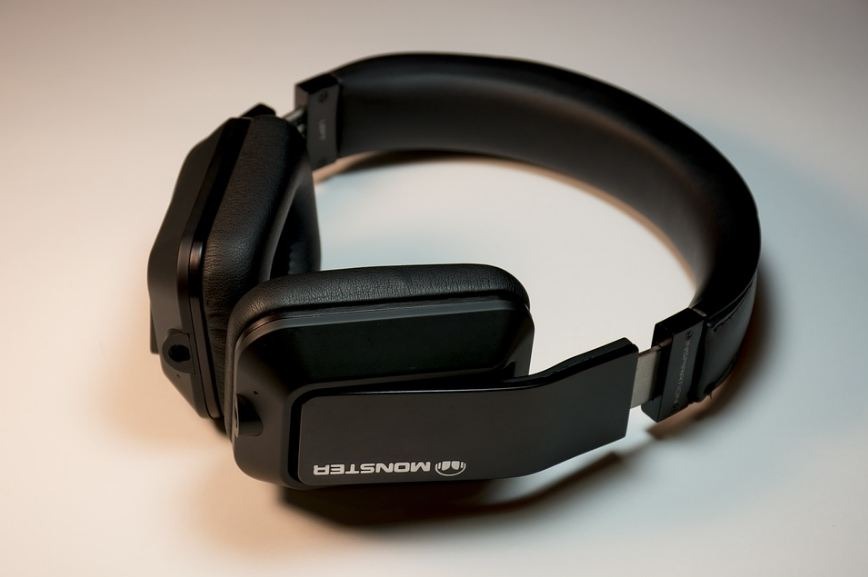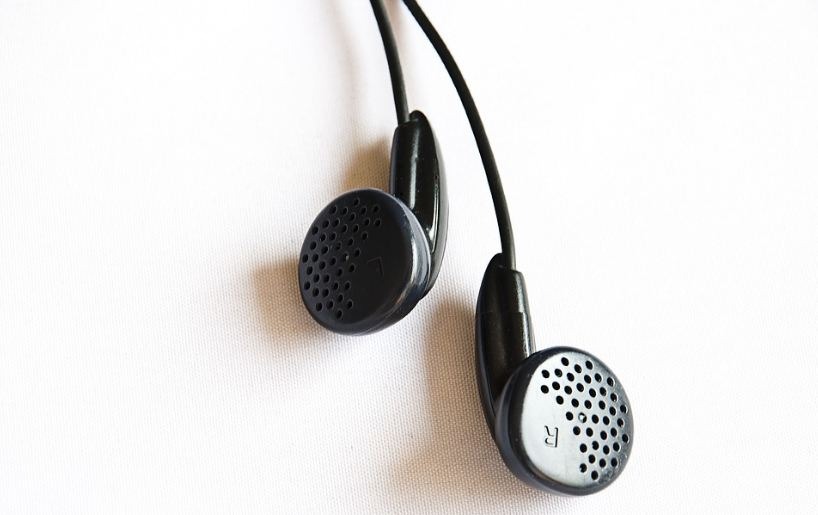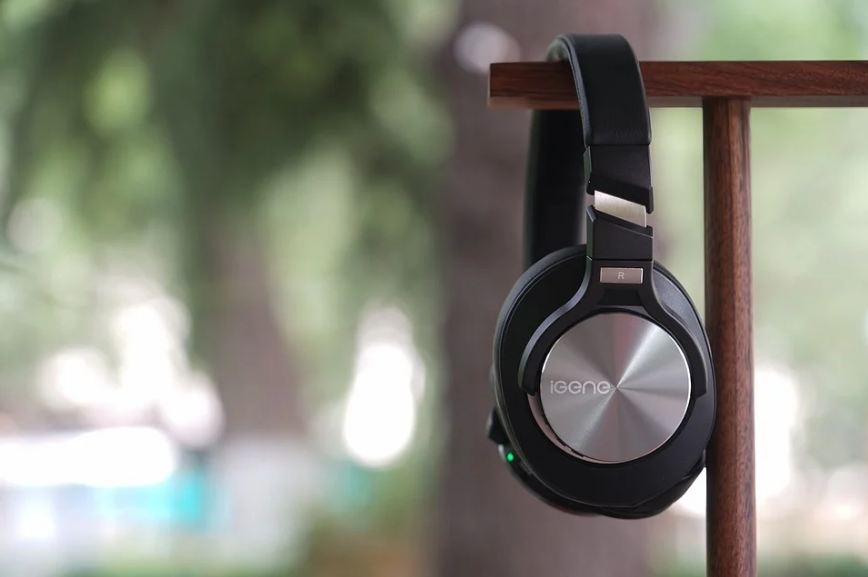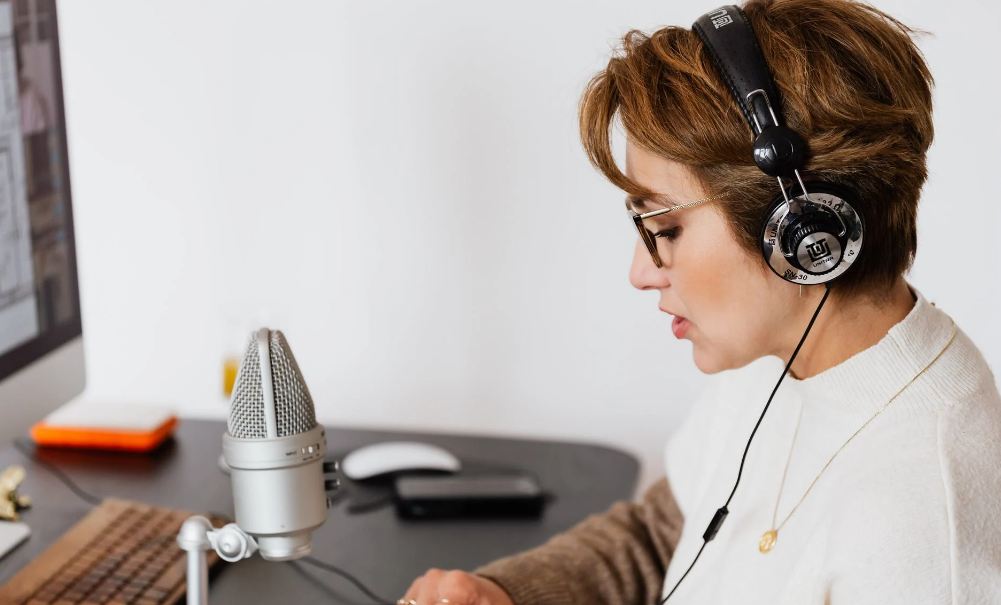Listening to music, audiobooks, and podcasts, watching movies, and playing games are some of the best activities to do for fun. However, when doing these things, most of us do not want to disturb other people with the sounds. That’s why we often use headphones to keep the music and sounds to ourselves. Headphones are also sometimes called earphones. They are hardware output devices that plug into a computer line out or speakers port.
You can connect headphones to a signal source like an audio amplifier, CD player, radio, portable media player, video game console, mobile phone, and electronic musical instruments. You can do this by using a cord or wireless technology such as Bluetooth, DECT, or FM radio. If you want to learn more about them, read on as we’re giving you the ultimate guide to headphones. You should also consider checking out the link so you will know the best usa real money online casino.
History of Headphones
The invention of headphones came from the need to free up the hands of a person while operating the telephone. In the 1890s, the first device that is distinctly a headphone was created by a British company called Electrophone. They made a system that allowed their customers to connect into live feeds of performances at theaters and opera houses across London. Those who were subscribed to the service were able to listen to the performance via a pair of huge earphones that were connected below the chin and held by a long rod.
In 1891, a set of in-ear headphones was patented by Ernest Mercadier, a French engineer. With this, he was given U.S. Patent No. 454,138 for improvements in telephone receivers that are light enough to be brought while in use on the head of the operator.
In 1910, a prototype telephone headset was made by Nathaniel Baldwin from Utah because he was unable to hear sermons during Sunday service. He offered the device to the US Navy for testing, and they promptly ordered 100 of them from Baldwin. A manufacturing facility was set up in Utah by Wireless Specialty Apparatus Co., in partnership with Baldwin Radio Company to fulfill orders. The innovations of Baldwin were the basis of sound-powered telephones that needed no electricity and were used during World War II.
Headphones were made from the telephone receiver earpiece. They were the only way to listen to electrical audio signals before amplifiers were created. The early headphones utilized moving iron drivers with either single-ended or balanced skeletons. Some very sensitive headphones were commonly used for early radio work around 1919.
The first stereo headphones were produced by John C. Koss, an audiophile and jazz musician from Milwaukee, in 1958. Prior to that, headphones were used only by the US navy, radio and telephone operators, and other people in similar industries.
At the present time, headphones are widely used by musicians and many other people in different applications. You can easily buy headphones today, and they are made for various purposes, such as for music recording, gaming, office work, and more.
If you are looking for more information about the origins of headphones, you can also read our article about the History of Headphones and Earbuds.
The Different Types of Headphones
When you visit stores or browse online, you will find many different kinds of headphones. Sometimes, this makes it challenging to choose one that will best fit your needs. To give you some ideas, here are the different types of headphones:
1. Closed-Back Headphones
Closed-back headphones are usually preferred by musicians and other people who work in recording studios. This is because they can block out all external noises and hone in on the notes of the vocalist or the instrument. In addition to that, closed-back headphones also have little to no noise leakage. This means that very few sounds can escape into the surrounding environment. Aside from musicians, this type of headphone is also great for those who prefer a private listening experience to avoid disturbing others.
2. Open-Back Headphones
Open-back headphones are the top choice for those who are mixing and mastering in studio settings. They have an open construction, and the leakage they make is actually preferred by audio engineers as it allows the mix to remain accurate and prevent the build-up of some frequencies that usually happened in closed-back headphones.
A lot of audiophiles also prefer open-back headphones because even if they are not mixing or mastering in a pro studio, they need the true, flat sound to hear exactly what the artist intended the listener to experience.
3. On-Ear Headphones
On-ear headphones are those that go over the head and rest on top of the ears. They are also called supra-aural headphones. The on-ear design is a bit similar to open-back headphones, allowing some sound from the surrounding environment to exit. This headphone type is quite comfortable, and it does not cause the user to sweat that much. However, since they rest on your ears, buying a comfortable pair is important so that they do not pressure your ears too much.
4. Over-Ear Headphones
Over-ear headphones are those that fit on top of the head and over to focus on sound isolation. This is the top choice for noise reduction as they create an intimate environment between the listener and the sound they are listening to. This headphone style is usually closed-back as they are preferred for their potential noise cancellation, isolation, and high-quality sound capability.
This type is also quite comfortable and will not crunch your ears like some on-ear models. However, they have the potential to cause you to sweat since very little air can circulate in or out. Over-ear headphones are also the bulkiest style of headphones out there.
5. In-Ear Headphones
When it comes to versatility, portability, and convenience, in-ear headphones are probably the best types out there. Some of the benefits that you can get from using this type of headphone include comfort, sound isolation, and sound accuracy. You can think of them as portable closed-back headphones. It is perfect for those who love to listen to music leisurely, especially when traveling or while working out at the gym.
One of the concerns in using in-ear headphones is that they can be dangerous for the ears as they are directly in the ear canal. However, with the protection that they provide, unless you blast the volumes very loud, it is OK to use.
6. Bluetooth Headphones
At the present time, wireless electronics are becoming more popular. With this, you can also find wireless headphones. These types of headphones used to offer wireless connectivity to different devices via radio transmitter technology (RF). However, that technology is pretty much phased out. Today, wireless headphones use Bluetooth technology to connect wirelessly to different devices.
Bluetooth headphones contain a small computer chip inside them that enables listeners to pair them with devices where music is played from. It is more convenient to use compared to wired headphones. However, there are times when there will be some lag or delay in the transmission of sounds. But this is not going to be important unless you will use it for recording, producing, and mixing music. The only downside of Bluetooth headphones is that they needed to be charged when they run out of battery.
7. Noise-Canceling Headphones
Noise-canceling headphones have been very popular for air travel because they can block out the surrounding noises from other passengers and as well as the high frequencies of the airplane’s engine. These are ideal headphones for any scenario where you may want to completely shut out the surrounding noises and prevent ambient distractions. If you want to learn more about this type of headphones, you can read our article, What are Noise Cancelling Headphones and How Do They Work?
For additional information about headphones, you can also check out the following links:
- Best Headphones for Sleeping
- Best Headphones for Swimming
- Best Headphones for Gaming
- Guide to Noise Cancelling Headphones
- Best Headphones for Glasses Wearers
- Nuraphone Wireless In-Ear & Over-Ear Headphones
- How Noise Cancelling Headphones Can Make Both Work and Play Much More Enjoyable
- The Difference Between Earphones and Headphones
Things to Consider When Buying Headphones
Today, it is very easy to buy a pair of headphones as they are available in many stores and as well as online. But when purchasing one, you need to ensure that you are getting high-quality headphones that will provide you comfort and a great listening experience. To be able to achieve that, here are some of the important things that you need to consider:
- Type
We’ve already discussed earlier the different types of headphones available. When buying one, you need to be clear about the type of headphones that you want. This way, you’ll be able to get one that will cater to your needs. And if you are looking for legit and high-paying online casino games, we recommend you click the link given.
- Drivers
Drivers are those inside the headphone, which generates the sound. These are usually made of a magnet, a diaphragm, and a voice coil. While it is not a thumb rule, but most of the time, the larger the driver, the better the sound of the headphones.
- Sensitivity
If you are looking for a headphone where you can hear loud music, then you need to look into the headphone’s sensitivity. This specifies how loud the headphone can get. The majority of headphones in the market are at around 110dB/mW. You need to avoid getting headphones that have a sensitivity lower than 85dB/mW.
- Ohmic Resistance
This is the power needed for a headphone to operate. Most devices have enough capacity to provide the required power to the headphones. However, those that need lower impedance can use full power to deliver great sound. If the headphone needs higher power, it may not be able to provide its 100% without a dedicated source of power. Normally, 16 Ohms is a good choice for headphones.
- Frequency Response
If you like music with bass, then you need to pay attention to the frequency response of the headphones. It pertains to the range of frequency a headphone can produce. The lower limit is the bass sound, and the upper limit is treble. The majority of headphones support 20Hz – 20000 Hz frequency response. If you are looking for a headphone with more bass, then get one that can support wider than the usual frequency response range.
- Cord
You also need to decide whether you will be getting a pair of headphones with or without a cord. Wireless headphones indeed look cooler and are more portable, but you need to choose it based on the kind of wireless technology it offers. Bluetooth usually has a 30m range and may not sound as good as any other wired headphones due to range and battery issues. If you are choosing wired headphones, avoid those that have rubber-coated coats as they tangle and can be damaged easily.
- Comfortability and Design
It is also important that you check the headphone you’ve chosen if it is comfortable for your ears. People have different types of ears, and not every device will suit you. If you are buying in-ear headphones, opt for a smaller earbud size that can fit in and will not slip off easily.
If you need more information about buying headphones, you can also check out the following articles:
- Best Affordable Noise-Cancelling Headphones for College Students
- Infographic on How to Pick Your Headphones
- AirPods Max: Are They Worth It?
- Can People Spot the Difference Between Low-Cost Headphones and High-Quality Ones? Let Us Explain It
Conclusion
Headphones are indeed wonderful inventions, and they are very useful at the present time. With these devices, people are able to enjoy listening to music, video gaming, watching movies, and more privately, without the worry of distracting other people. We hope that this guide helped you learn more about headphones. For other related articles, you can click on the links below:

